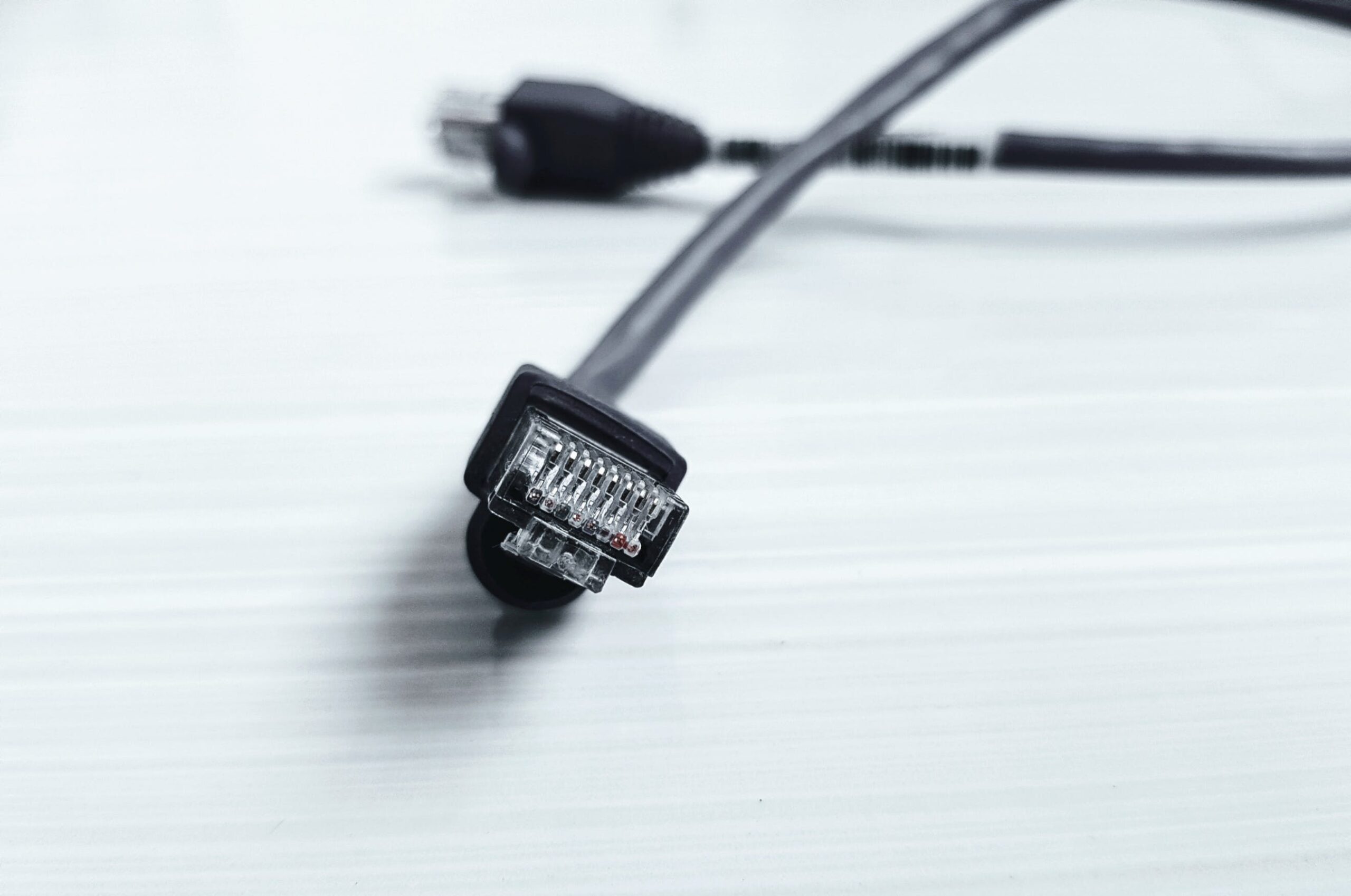Introduction:
In the intricate web of modern connectivity, cabling solutions are the lifelines that enable seamless communication. From the cables that power our homes to the intricate networks supporting global data transmission, understanding the various types of cabling solutions is essential. In this blog, we’ll embark on a journey through the diverse world of cabling, exploring the types, applications, and unique features that make each solution a crucial component of our connected lives.
- Twisted Pair Cables:
- Overview: Twisted pair cables are among the most common and versatile cabling solutions. They consist of pairs of insulated copper wires twisted together, providing a cost-effective and reliable means of transmitting data.
- Applications: Used in both residential and commercial settings, twisted pair cables come in two main categories: unshielded twisted pair (UTP) for everyday applications like Ethernet, and shielded twisted pair (STP) for environments with higher electromagnetic interference.
- Coaxial Cables:
- Overview: Coaxial cables feature a central conductor, insulating layer, metallic shield, and outer insulating layer. This construction provides enhanced signal integrity and protection against external interference.
- Applications: Coaxial cables are widely used in cable television (CATV) systems, internet connections, and surveillance systems. Their ability to transmit high-frequency signals makes them suitable for applications requiring reliable data transmission.
- Fiber Optic Cables:
- Overview: Fiber optic cables use thin strands of glass or plastic to transmit data as pulses of light. This technology enables high-speed and high-bandwidth data transmission over long distances.
- Applications: Integral to long-distance communication, internet backbones, and high-speed data networks, fiber optic cables are the backbone of modern telecommunications. They are also used in networking environments where high bandwidth and low latency are crucial.
- Power over Ethernet (PoE) Cables:
- Overview: Power over Ethernet (PoE) cables combine data and power transmission over a single cable, simplifying installations and reducing the need for separate power sources.
- Applications: PoE cables are commonly used in devices like IP cameras, wireless access points, and VoIP phones. They provide a convenient and efficient solution for powering devices in locations where electrical outlets may be scarce.
- USB Cables:
- Overview: Universal Serial Bus (USB) cables are versatile connectors used for connecting a wide range of devices, including computers, printers, cameras, and mobile devices.
- Applications: USB cables are ubiquitous in consumer electronics, facilitating the transfer of data and power between devices. The introduction of USB-C has further improved data transfer speeds and versatility.
- HDMI Cables:
- Overview: High-Definition Multimedia Interface (HDMI) cables transmit audio and video signals, providing a high-quality, all-digital connection between devices.
- Applications: HDMI cables are commonly used to connect devices such as televisions, monitors, gaming consoles, and Blu-ray players. They support high-definition video and audio, making them essential for home entertainment systems.
Conclusion:
As technology advances, the landscape of cabling solutions continues to evolve, offering a diverse array of options to meet the demands of our interconnected world. From the reliability of twisted pair cables to the high-speed capabilities of fiber optics, each type of cabling solution plays a unique role in shaping the connectivity that defines our modern lives. Understanding the characteristics and applications of these cables is key to building robust and efficient networks in both residential and commercial environments.

